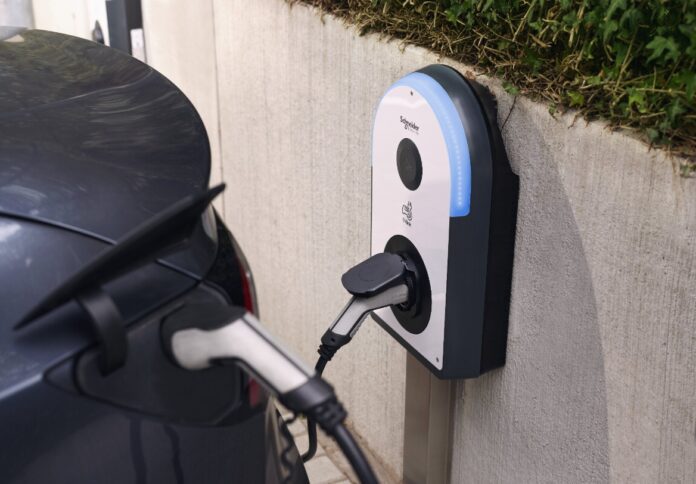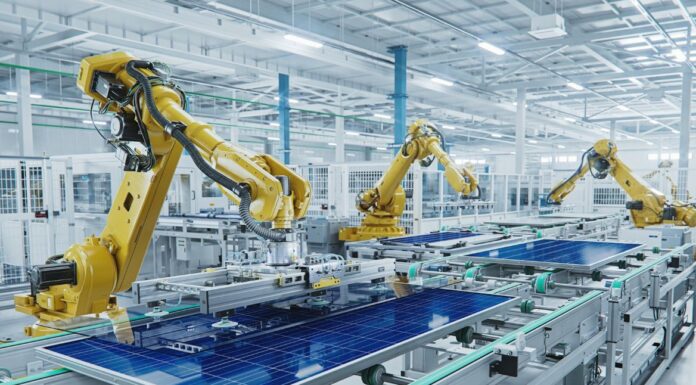
Article by Natalya Makarochkina, Senior Vice President, Secure Power at Schneider Electric
As the impacts of climate change intensify globally and emission reduction deadlines loom, Australia must prioritise its power supply.
The 2019-2020 Australian bushfires, which triggered widespread blackouts nationwide, underscore the urgent need for power resilience. These events highlighted the critical necessity for reliable energy sources and robust energy storage solutions for businesses and communities alike. Moreover, they emphasised the importance of integrating renewable energy sources into the national grid to ensure a resilient and sustainable power supply during disruptions.
To do so, we must embrace digital technologies in the energy sector. These advancements not only support growth and sustainability but also enhance the resilience of our energy systems. By making renewable energy more practical and efficient, digital innovations pave the way for a stable and sustainable energy future for Australia. The transition to a digitally-enabled, renewable energy infrastructure is not just an option – it is essential for securing our energy needs in the face of ongoing and future challenges.
Renewable progress in Australia
The government has set ambitious targets to expand renewable energy capacity, planning to add substantial wind and solar projects. This demonstrates Australia’s significant progress in adopting renewable energy systems (RES). Australian energy provider Origin Energy has recently demonstrated its strong commitment to renewable energy infrastructure by investing A$400 million to build a 460 MW battery energy storage system (BESS) at its Victoria peaker plant.
Adopting RES helps drive the reduction of emissions and ensures energy availability. However, renewable energy generation is variable, depending on the fluctuating intensity of the sun and wind. To address this variability, we need grid-scale energy storage. Research indicates that implementing such solutions can help develop resilient grids capable of accommodating high levels of RES.
Long-duration storage
Long-duration energy storage (LDES) remains a significant technical challenge, as storage requirements can vary from hours to months. Pumped-storage hydroelectricity is widely used but holds untapped potential in many regions. Batteries, particularly lithium-ion, are the most scalable form of grid-scale storage due to their modular deployment and availability. Other technologies, like compressed air and gravity storage, play smaller roles in current power systems. Additionally, hydrogen storage holds promise for the seasonal storage of renewable energy.
Emerging technologies, such as flow batteries, also offer potential. Flow batteries use a liquid electrolyte to store electrical charge, scalable and adaptable to the variability of wind and solar generation. According to recent studies by 2040, LDES could deploy between 1.5 and 2.5 terawatts (TW) of power capacity globally, representing a significant increase from current levels.
Microgrid support
LDES can support micro-grid designs for large energy users, such as manufacturing and heavy industry. These facilities can deploy large battery systems, like lithium-ion batteries in intelligent uninterruptible power systems (UPS), to enhance storage capacity and facilitate greater RES adoption. Microgrids offer short-term storage capacity, helping to smooth peak grid usage and address variability concerns. This is especially beneficial for rural deployments and areas where proximity to RES generation is an issue. Microgrids ensure resilience, allowing power to flow even when generation sites are offline due to atmospheric conditions or disruptions.
As Australia moves toward implementing smart national grids, microgrids play a significant role. Large energy users can be rewarded for their storage and resupply capabilities, supporting peak grid usage. These measures can be quickly implemented through economies of scale, reference designs, and vendors’ pursuit of efficiency. Organisations can confidently build out capacity while supporting decarbonisation efforts, moving Australia closer to a net zero energy future.
Digital innovation in power
The digitalisation of energy, or Electricity 4.0, is crucial for smart grids, microgrid integration, RES adoption, and achieving net zero goals. Digital innovation enhances visibility in energy generation and distribution, eliminating waste and driving efficiency. Technologies like metering and monitoring enable better energy usage, while smart devices, apps, analytics, and software allow for more efficient deployment of smart energy. These solutions enable everyone to contribute to a renewable-powered, sustainable energy future.
Renewable energy sources will form a significant part of future energy generation, crucial for achieving a decarbonised, net zero goal. Grid-scale energy storage and its resilience are critical for integrating renewable energy sources into digitised smart grids. Large energy consumers can support this transition by leveraging digitalised energy systems, increasing transparency, and underpinning the development of sustainable digital economies accessible to all.
Australia’s renewable energy future depends on the effective integration of energy storage solutions. By embracing digital innovation and scalable storage technologies, we can build resilient and sustainable energy systems that meet our future needs.




















